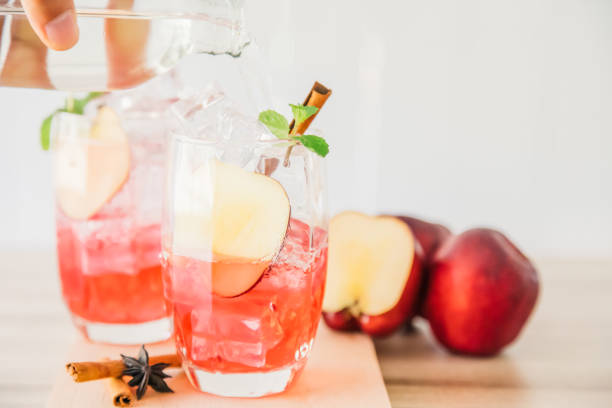Due to various factors, there is currently a shortage of cooking oil. We will show you which alternatives to baking, roasting and cooking are available on the market.
For baking or frying: 7 alternatives for cooking oils
Many people are currently wondering how to deal with the oil shortage because they swear by sunflower oil or rapeseed oil in the kitchen.
1. Pork lard
Pork lard is a good alternative to the vegetable cooking oils. However, it is not suitable for vegetarians as it is an animal fat. It can be heated to very high temperatures without burning or spattering – ideal for roasting and deep-frying food.
2. Clarified butter
Butter lard consists of pure butterfat and is a quasi-vegetarian alternative to lard. However, it must not be heated much higher than 170 degrees.
3. Margarine
Margarine is a possible, but not a particularly good alternative to vegetable cooking oils. You can fry food in it, but it already has its smoke point at 160 degrees Celsius. So there is a risk that the margarine will burn if you set the stovetop too hot. There is also an increased risk of splashing.
4. Butter
Butter is almost the same as margarine. It also burns at too high temperatures and is therefore only recommended for steaming food at low heat. Its smoke point is 175 degrees Celsius.
5. Ghee
A lesser-known alternative is ghee. This is clarified cooking fat made from butter. Although it is fattier than butter, it can be heated to very high temperatures without burning. This makes it ideal for roasting and deep-frying.
6. Coconut Fat
Coconut fat can also be heated to a high temperature and hardly splatters. However, it consists of a very high proportion of saturated fatty acids and is therefore not exactly conducive to health. Also due to the long transport route when importing, it is not particularly sustainable.

Hard to believe, but true: mineral water can also be a good substitute for cooking oil. To cook food in a non-stick pan, it is enough to add carbonated mineral water and bring it to a boil. If the water evaporates too quickly, simply pour in more. That way you can prevent scorching.
Other options are baking release spray* or placing baking paper* under the pan. With fatty foods, such as minced meat or fish, you can even do without a greasy substance in the pan – as long as a non-stick pan* is used.
In summary, there are a lot of alternatives to use based on personal preference.




















